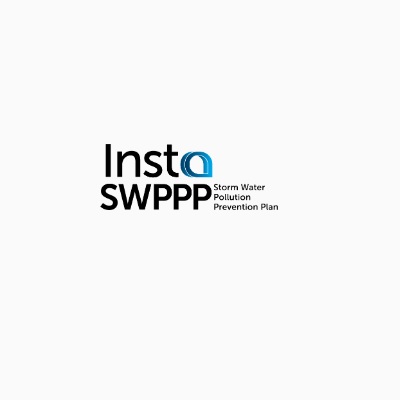In the context of environmental management and construction, the term "SWPPP" frequently arises. Understanding SWPPP meaning and the associated SWPPP requirements is crucial for ensuring compliance with environmental regulations and protecting water resources.
SWPPP Meaning: What Does SWPPP Stand For?
SWPPP stands for Storm Water Pollution Prevention Plan. This essential document outlines strategies and practices designed to prevent stormwater pollution from construction sites. The primary objective of a SWPPP is to manage and mitigate the impact of stormwater runoff, which can carry pollutants such as sediment, oil, and chemicals into nearby water bodies.
The SWPPP meaning emphasizes the importance of proactive planning in preventing stormwater pollution. It serves as a comprehensive guide for construction site operators, detailing how to control pollutants and maintain environmental compliance throughout the duration of a project.
SWPPP Requirements: What Must Be Included?
Meeting SWPPP requirements is crucial for ensuring that construction sites adhere to environmental regulations. While specific requirements can vary by region, several core elements are generally required in a SWPPP:
- Site Assessment and Description: The SWPPP must begin with a detailed assessment of the construction site. This includes a description of the site’s layout, potential sources of pollution, and the types of construction activities that will take place. This information helps in identifying the specific risks and challenges associated with stormwater management.
- Best Management Practices (BMPs): A key component of the SWPPP is the identification and implementation of Best Management Practices. BMPs are strategies and technologies used to control and reduce stormwater pollution. Common BMPs include silt fences, sediment basins, and other erosion control measures. The SWPPP must specify which BMPs will be used and how they will be implemented and maintained.
- Inspection and Monitoring: Regular inspections and monitoring are essential to ensure that BMPs are functioning effectively. The SWPPP must outline a schedule for site inspections and describe how issues will be identified and addressed. This includes monitoring the effectiveness of control measures and making necessary adjustments.
- Training and Responsibilities: The SWPPP should define the roles and responsibilities of personnel involved in the project. It also includes training requirements to ensure that all staff understand and can implement the pollution prevention measures outlined in the plan.
- Record Keeping and Reporting: Proper documentation is critical for compliance and accountability. The SWPPP must include procedures for record-keeping and reporting, detailing how inspection results, maintenance activities, and any incidents will be documented and reported to relevant regulatory authorities.
Why SWPPP Meaning and Requirements Matter
Understanding SWPPP meaning and adhering to SWPPP requirements are vital for minimizing environmental impact and ensuring regulatory compliance. By implementing a well-structured SWPPP, construction sites can effectively manage stormwater runoff, protect water quality, and contribute to sustainable environmental practices.
In summary, the SWPPP meaning underscores the importance of a proactive approach to stormwater management, while SWPPP requirements provide a framework for effective implementation. By following these guidelines, construction projects can help safeguard water resources and achieve environmental stewardship.





Comments